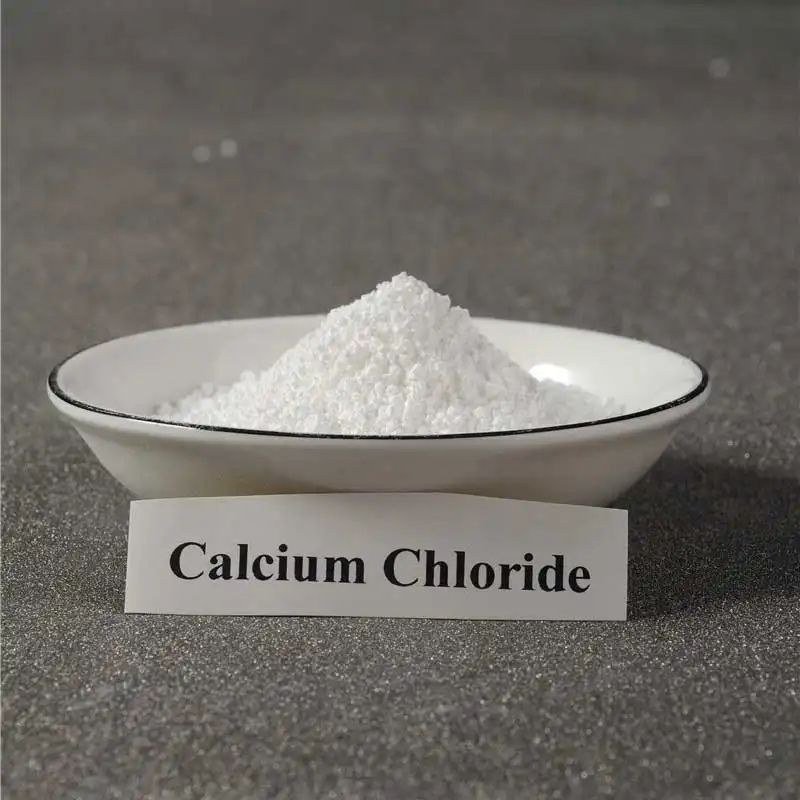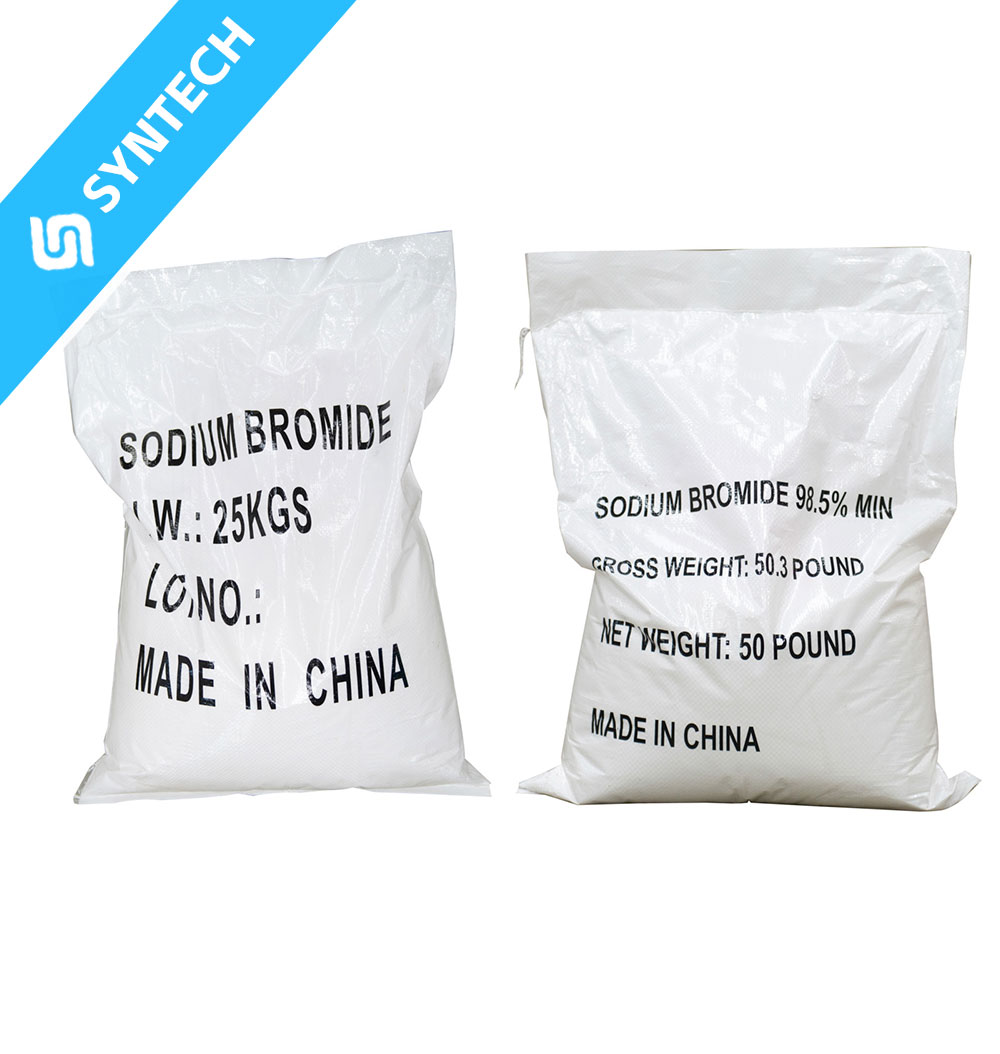While sodium bromide (NaBr) is less commonly used in drilling fluids compared to completion fluids, it can serve as a functional additive under specific conditions through the following mechanisms:
1. Density Control & Wellbore Stability
Mechanism:
- NaBr dissolves in water to form a high-density brine (up to 1.5 g/cm³ or 12.5 lb/gal), increasing the hydrostatic pressure of the drilling fluid to balance formation pressure and prevent kicks or wellbore collapse.
- Advantages:
- Unlike solid weighting agents (e.g., barite), NaBr solutions are solids-free, avoiding bit or pore clogging.
- Suitable for sensitive formations (e.g., salt zones, shale) where solids invasion could reduce permeability.
Applications:
- High-pressure zones requiring rapid density adjustment.
- Drilling through salt/evaporite formations to prevent density fluctuations caused by salt dissolution.
2. Shale Inhibition
Mechanism:
- The Br⁻ ions in NaBr solutions can replace water molecules in clay minerals (e.g., montmorillonite) through ion exchange, reducing clay swelling and stabilizing the wellbore.
- Advantages:
- Inhibits shale hydration, minimizing wellbore tightness risks.
- Less corrosive than traditional inhibitors like KCl or NaCl.
Limitations:
- Weaker inhibition compared to organic amines (e.g., polyamine), often requiring supplementary additives.
3. Low-Temperature Rheology Improvement
Mechanism:
- In cold environments (e.g., Arctic or deepwater drilling), NaBr lowers the freezing point of drilling fluids, preventing viscosity spikes or solidification.
- Br⁻ ions form hydrogen bonds with water molecules, disrupting ice crystal formation and maintaining fluidity.
Applications:
- Drilling in polar or deepwater (low-temperature, high-pressure) environments.
- Temporary plugging operations in high-temperature zones requiring rapid cooling.
4. Corrosion Control & Compatibility
Mechanism:
- NaBr solutions are neutral (pH≈7), causing less corrosion to drill pipes and casings compared to CaCl₂ or ZnBr₂.
- Compatibility:
- Works well with polymer viscosifiers (e.g., xanthan gum) and fluid loss reducers (e.g., PAC).
- Avoid mixing with multivalent metal ions (e.g., Al³⁺, Fe³⁺) to prevent precipitation.
Considerations:
- High Br⁻ concentrations may promote sulfide stress cracking (SSC), necessitating corrosion inhibitors (e.g., oxygen scavengers).
5. Environmental & Economic Factors
- Environmental Impact:
- Br⁻ degrades slowly in the environment; discharge must comply with regulations (e.g., OSPAR for marine disposal).
- Low toxicity but may affect aquatic life at high concentrations.
- Cost-Effectiveness:
- More expensive than NaCl but cheaper than CaBr₂/ZnBr₂, suitable for moderate-density requirements.
- Recyclable (via filtration and re-concentration).
Comparison with Other Drilling Fluid Additives
| Additive Type | Density Range (g/cm³) | Advantages | Disadvantages |
|---|---|---|---|
| NaBr Brine | 1.0–1.5 | Solids-free, low corrosion | Limited max density |
| Barite | 1.0–2.5 | Low cost, high density | Solids-induced formation damage |
| CaBr₂ Brine | 1.0–1.8 | Higher density | More corrosive |
| Oil-Based Mud | 0.8–2.2 | Strong inhibition | High cost, environmental risks |
Example Formulation
Objective: Solids-free inhibitive drilling fluid (for shale formations)
- Base Fluid: Freshwater + 5–10% NaBr (density ~1.05–1.2 g/cm³)
- Additives:
- 0.2% Xanthan Gum (viscosifier)
- 0.5% PAC-LV (fluid loss reducer)
- 1% KCl (synergistic clay inhibition)
Conclusion
NaBr’s key roles in drilling fluids include:
- Density adjustment via dissolution, replacing solids to minimize formation damage.
- Shale inhibition to stabilize wellbores.
- Low-temperature fluidity improvement for extreme environments.
- Low corrosivity, extending downhole tool life.
Its use requires balancing density needs, cost, and environmental impact, often serving as a transitional fluid or blended with other bromides (e.g., CaBr₂).






